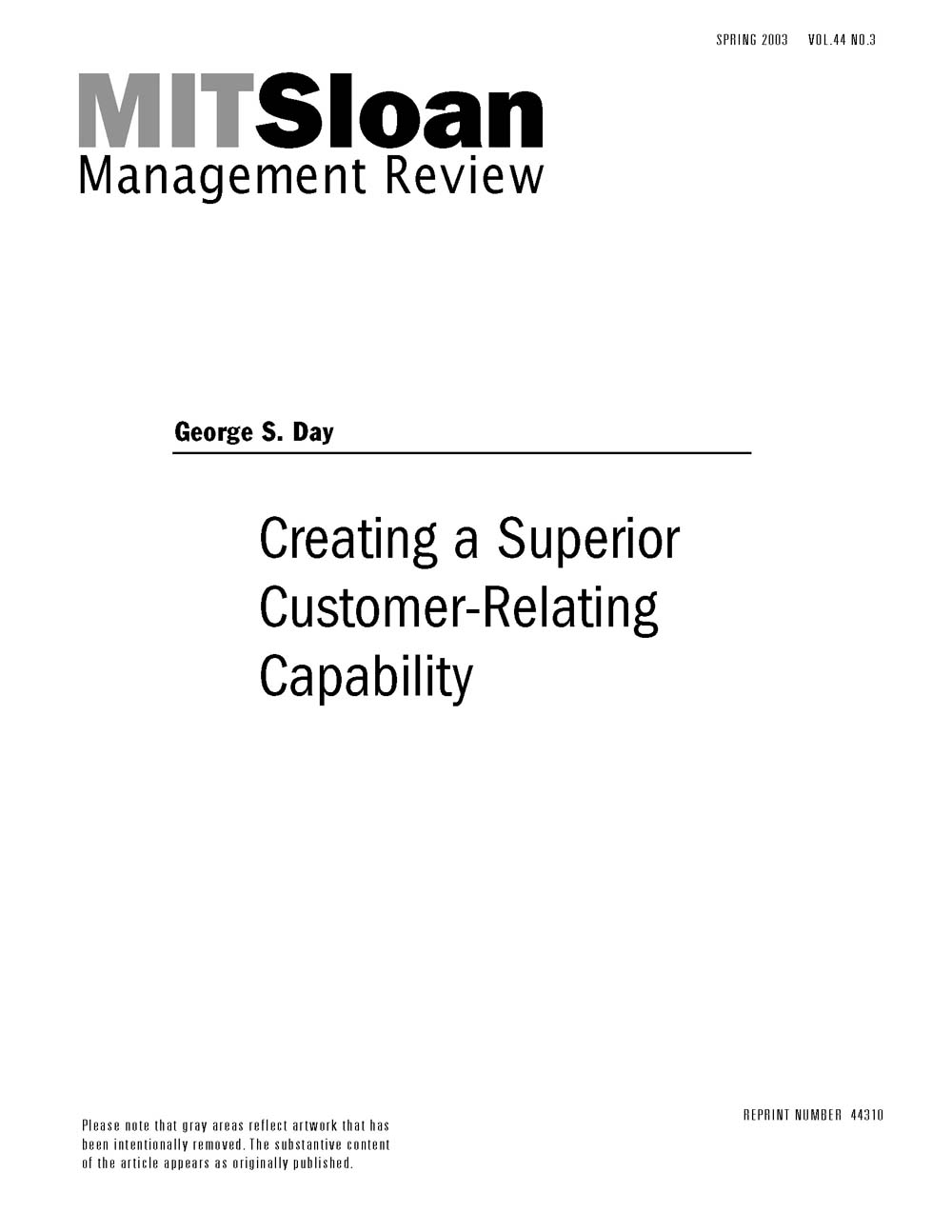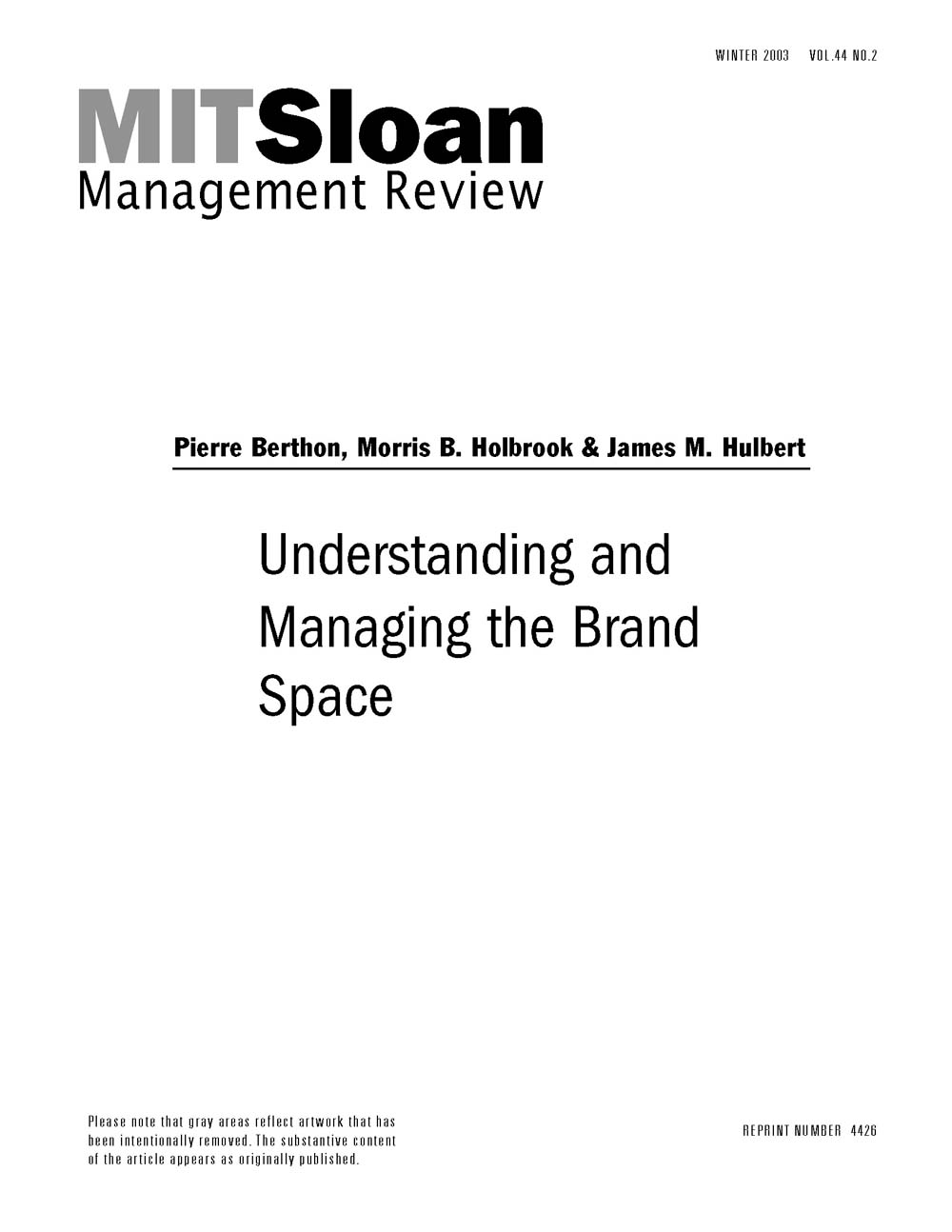Conceptual frameworks provide insight into creating marketing strategies targeted at groups.
Marketing
Page 20 of 23
-
Creating a Superior Customer-Relating Capability
Companies with the best connections to their customers focus on the people and businesses that buy from them.
-
Selectively Pursuing More of Your Customer's Business
Most suppliers lack sufficient customer knowledge to implement anything but the most sales-oriented growth strategies and tactics. If they wish to achieve profitable, sustainable growth and a larger share of their customers’ wallets, they need a fine-grained, disciplined approach to obtaining, leveraging and documenting customer knowledge. James C. Anderson of Northwestern’s Kellogg School and James A. Narus of Wake Forest University have been conducting management-practice research with companies that have superior knowledge of their customers and use it to devise and implement focused, inventive strategies that create profitable growth while increasing the value delivered. Using the examples of best-practice suppliers such as Bank of America, Seghers, Technische Unie, KLM Cargo and Telindus, the authors suggest a strategic framework to guide supplier managers in the selective pursuit of a greater share, predicated on estimating the current share of each customer’s business, selecting and pursuing appropriate and inventive opportunities to increase that share, and carefully documenting the profitability efforts. According to Anderson and Narus, building the scope of the market offering, broadening collaboration and using multiple single sourcing each represent ways of growing business share selectively with a customer while improving profitability for both the supplier and customer.
-
The Global-Brand Advantage
Research indicates that buyers are more likely to perceive value in global brands.
-
What Hooks M-Commerce Customers?
Research reveals factors that affect the likelihood of transacting business over mobile phones.
-
-
Understanding and Managing the Brand Space
Brands have become increasingly difficult to manage. As many brands become more global, for instance, they are expanding beyond relationships just between manufacturers and customers to relationships that include employees, the investment community, the media, suppliers, governments & #8212; even competitors. Thus, the meaning of a brand is not merely the result of a dialogue between buyer and seller; it instead arises from a multilogue. Indeed, brand management has become a complex undertaking, requiring new approaches and models. To that end, the authors have developed a theoretical framework that companies can use to manage their brands more effectively. Specifically, the authors propose the concept of a brand space, which is based on two dimensions: the degree of abstraction (whether the brand has become independent from its associated product) and the degree of enactment (whether the brand focuses more on the meaning of a product or its functionality). By understanding the various dynamics of the brand space, companies can make wiser branding decisions, particularly as they confront escalating competition and rapidly changing markets.






